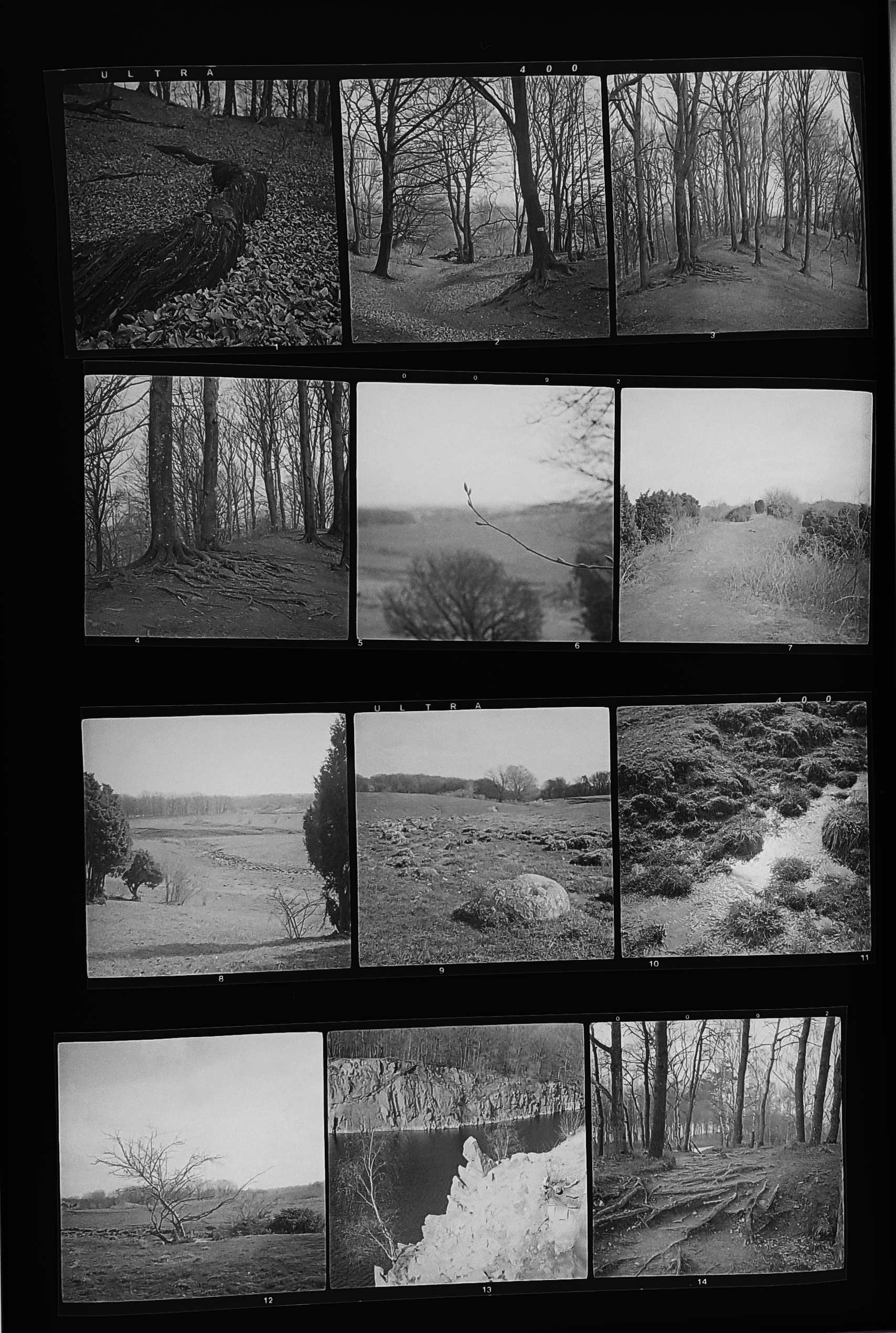This weekend I had the privilege of teaching the first part (of three) of this semester’s analog photography course at my photo club. It’s the second time I am in charge of this course (I took it myself back in 2016) and it is definitely a lot of fun! I do enjoy bringing the knowledge of this aspect of photography to more club members, and it’s encouraging to know that we’re attracting more new members, both to the club as well as to analog photography as a whole.
Conny talking about the methods of measuring light in camera vs with a light meter.
This semester we’ve limited the number of students a bit from last semester (the darkroom got way too crowded when all of them wanted to print at the same time so a reduction was necessary) and it felt like a good size group. This way everyone can have enough access to the machines once we start fiddling around with the enlargers in a few weeks’ time. This weekend was all about acquiring the actual images onto film. We provide the students with the materials (film, chemicals, paper) and all they have to bring is a camera. Three of them had 135 cameras (all Nikons I think) and one had a Hasselblad 120 camera. Thank goodness my fellow club member Conny was there to help me teach the first class (he’s better at explaining the exposure process) since he’s had ample experience with loading and shooting with Hasselblad cameras!
Glorious spring sun and warmth in honor of our students!
After our little walkthrough of how sensitivity (ISO), aperture and exposure times are all part of how we control the amount of light getting into the camera and onto the film we loaded up the various cameras and headed out into the nearby park. I’d gotten them Tri-X 400 and Fomapan 400 film and with all the blazing sunshine it was almost too much sunshine (only photographers could moan about that…right?), but I am sure we’ll get workable negatives from it…at least enough to make a print or two from later down the line.
(The above contact sheets were done with quick cell phone snaps on the light table, and then reversed in Snapseed, just so I got a hint of what I’ve been able to capture.)
As far as my own analog photography goes I’ve yet to scan several rolls of 120 film that I’ve taken in the last couple of weeks; learning the intricacies of SilverFast scanning software is a bit more of a thing than I thought. Lots of settings and procedures to figure out in order to get the negatives done right! I think I need to use that software, because Photoshop Elements on my dad’s computer (we share a scanner) isn’t handling my 120 shots from the Kiev 60 very well - the gaps between the frames are very narrow…too thin for the automatic frame finding function to detect them. With SilverFast you can find the frames yourself and work from there…which is something I will have to do in order to get all the frames on the film scanned. Once I figure out how to get the best scans out of the software I am sure I will bore everyone to death with my 6x6 shots! ;-)




